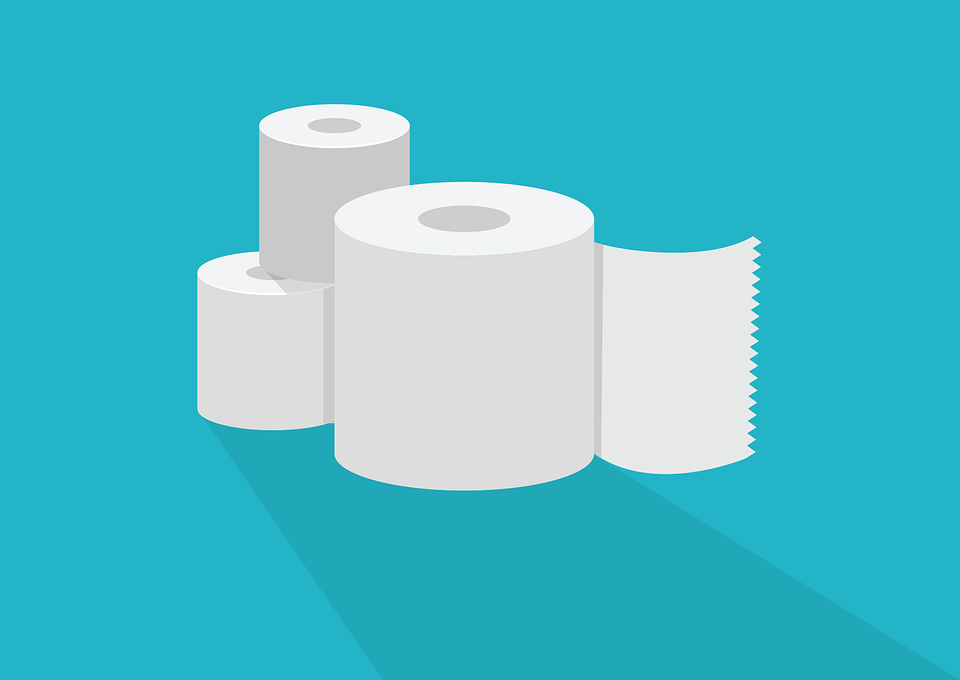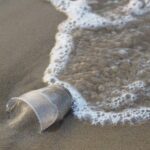Local non-profit civic organization
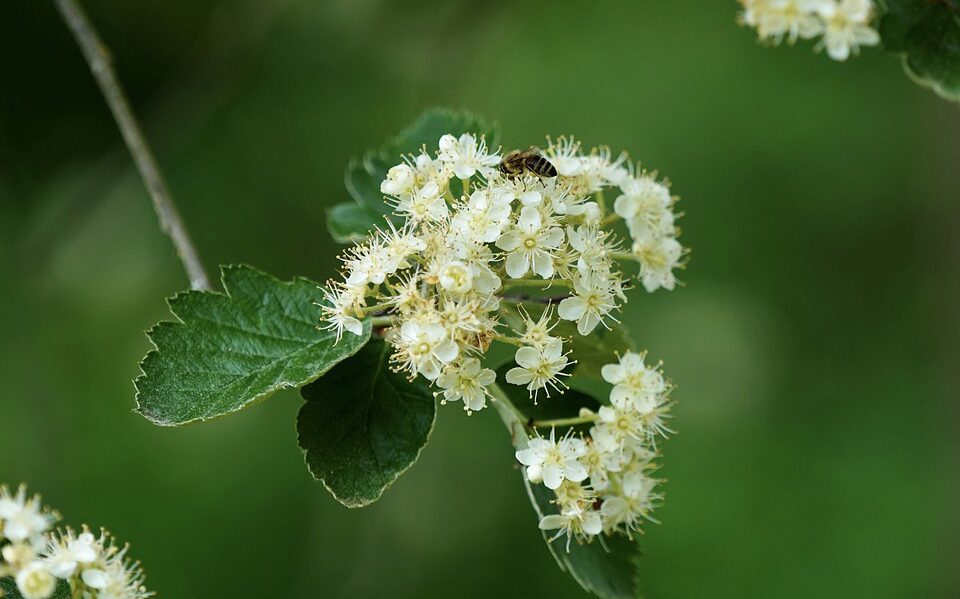
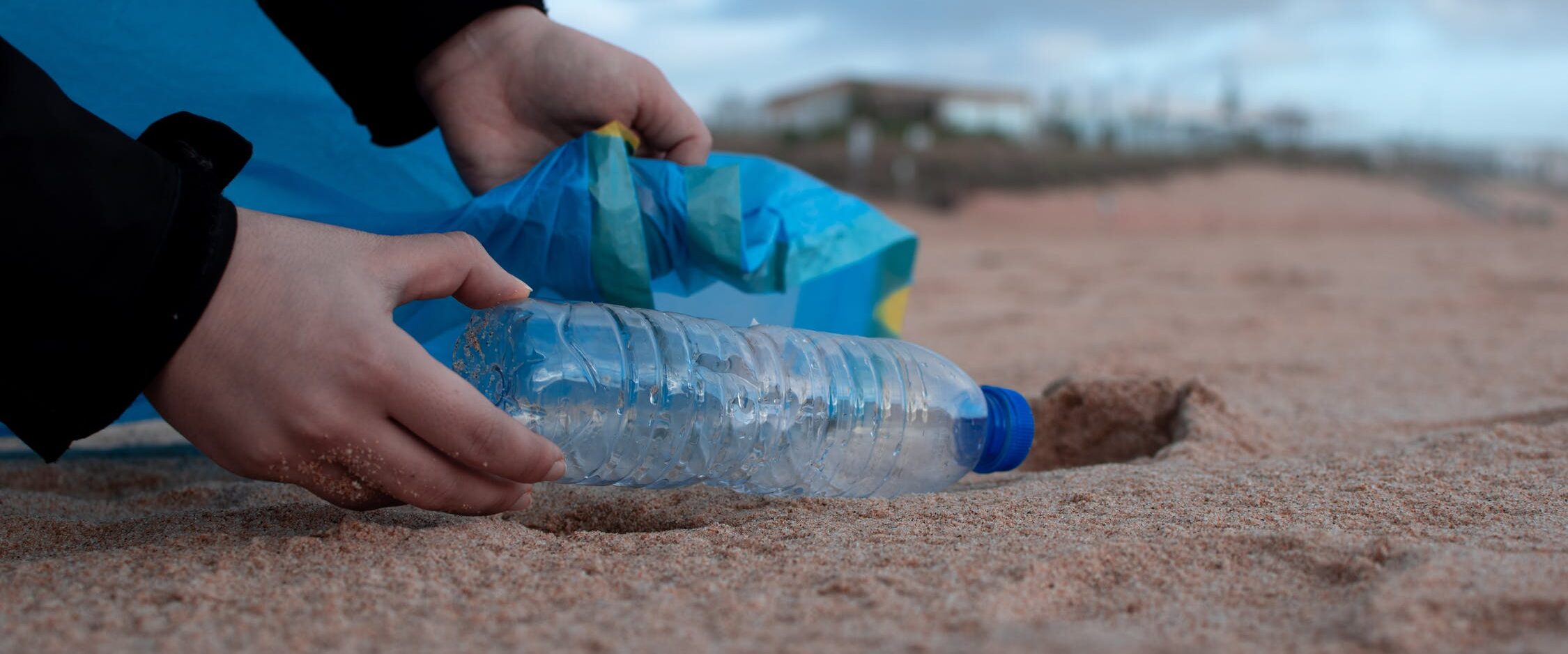
Environmental protection is one of the most pressing problems of our time. It is this factor that has predetermined the participation of the vast majority of international organizations in solving environmental problems. Their number is constantly growing mainly due to the organizations specifically focused on environmental issues. Some of them are specially created to protect the environment, others perform, along with other functions, some functions on its protection.

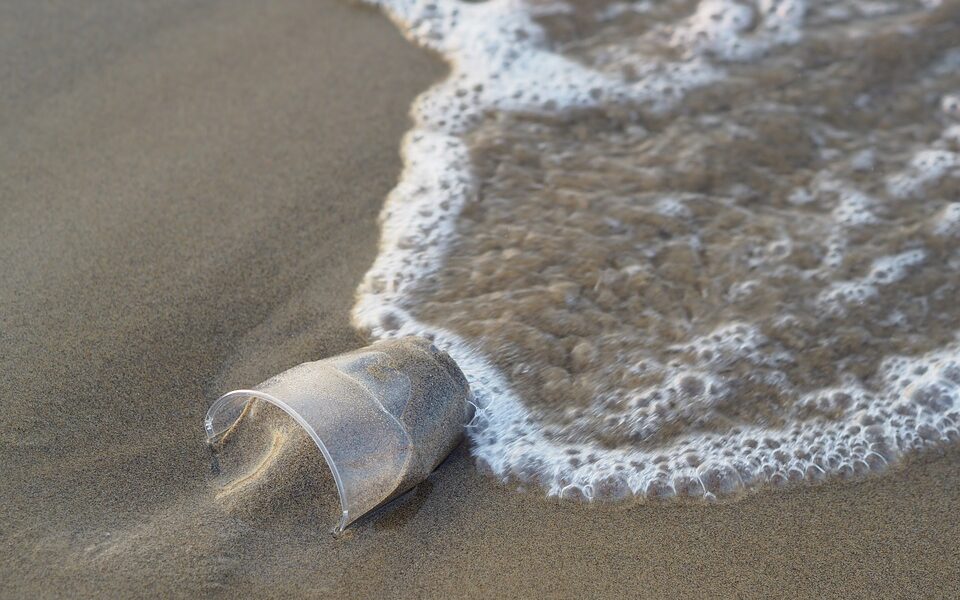
An organization uses basic types of resources: people, capital, raw materials, materials, technology, and information. The achievement of desired results and environmental protection depend on the effective use of these resources.
About Organization

Great Lake Sworm Watch is a local non-profit civic organization whose purpose is to promote the development of programs and activities to preserve and reproduce a livable natural environment, protect the health of American residents, conduct educational activities, protect citizens’ environmental rights, participate in activities to protect nature, rationally use natural resources, and implement environmental policies in America.
Aims of the organization
We are currently facing many challenges. Anthropogenic activities are diverse, and so are their effects on our environment. Here are the main goals that are being focused on today :
- Limiting the release of toxic waste that poisons water and soil;
- Creating nature reserves to protect unique natural complexes and ecosystems;
- Limiting hunting and fishing to conserve endangered species, introducing new methods of fishing that cause minimal harm to nature;
- Limiting the emission of garbage and finding ways to recycle it.
It is very difficult to achieve these goals by acting only at the local level. International cooperation is necessary because ecology knows no borders.
Our News
- Environmental Protection: A Commitment to Our Planet
 Hey there, Earth-lovers and friends! Take a seat, grab a cup of your favorite beverage, and let’s have a heart-to-heart about something that matters to all of us – Environmental Protection. Seriously, guys, if you think about it, Earth is like that cool parent…
Hey there, Earth-lovers and friends! Take a seat, grab a cup of your favorite beverage, and let’s have a heart-to-heart about something that matters to all of us – Environmental Protection. Seriously, guys, if you think about it, Earth is like that cool parent… - The Imperative of Environmental Protection: Our Responsibility to Future Generations
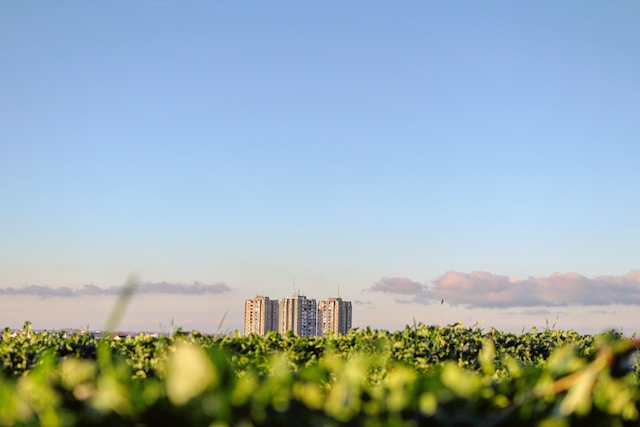 Environmental protection is a crucial issue that has gained global attention over the years due to the enormous impact of human activities on the natural environment. The environment comprises everything surrounding us, including the air we breathe, the water we drink, the soil we…
Environmental protection is a crucial issue that has gained global attention over the years due to the enormous impact of human activities on the natural environment. The environment comprises everything surrounding us, including the air we breathe, the water we drink, the soil we… - Looking Towards a Greener Future with Student-Led Initiatives
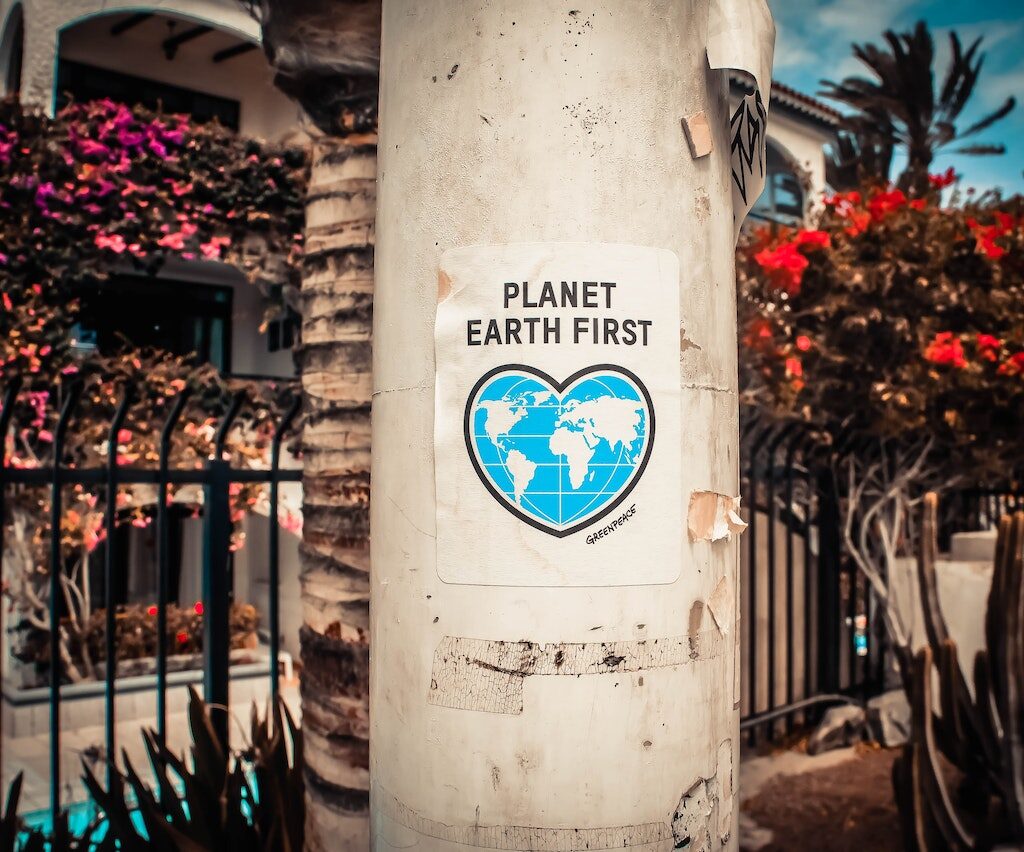 Climate change has been called the defining issue of the 21st century. Fossil fuel-based energy production and consumption, transportation, and agriculture are the culprits of global warming. Thus, the need of the hour is a collective effort to ensure a greener future. Students, the…
Climate change has been called the defining issue of the 21st century. Fossil fuel-based energy production and consumption, transportation, and agriculture are the culprits of global warming. Thus, the need of the hour is a collective effort to ensure a greener future. Students, the… - Casino-Hosted Conference on Climate Crisis in Australia to Be Held in 2024
 In recent years, climate change has become a hot topic. What should your business do to communicate on this important issue? Climate breakdown is the biggest threat to human civilization and life on Earth, as global warming will lead to severe climate change, water…
In recent years, climate change has become a hot topic. What should your business do to communicate on this important issue? Climate breakdown is the biggest threat to human civilization and life on Earth, as global warming will lead to severe climate change, water… - Meet Games about Climate Change at Allspinswin
 Climate change is an ongoing process that has caused some of the most devastating events to date. Allspinswin, an Aussie online gambling platform, is adding Apocalypse Quest and Green Fog games in order to raise awareness on climate change. With each game comes another…
Climate change is an ongoing process that has caused some of the most devastating events to date. Allspinswin, an Aussie online gambling platform, is adding Apocalypse Quest and Green Fog games in order to raise awareness on climate change. With each game comes another…

The protection of the environment and the protection of individual natural objects is carried out mainly on the basis of the same legal measures. Such measures are rationing and standardization, assessment of the impact of planned activities on the environment, environmental expertise, certification, licensing, economic incentives, planning, financing, insurance, auditing, monitoring, control and some others. It seems obvious that it would be reasonable to define in the legislation uniform requirements for the organization and carrying out of such measures in relation to the whole nature. It is also obvious that, if necessary, these measures can be regulated in the sectoral legislation in relation to interests and needs of use and protection of one or another natural object, taking into account its specifics.
Environmental protection is a system of relations established by the state between natural resource users, state regulatory and environmental control bodies, public organizations and the population living in a particular territory. Using various methods of regulation of these relations, it is possible to achieve reduction of emissions of chemically harmful substances into the environment.

Movies about climate change
Get in touch with us
Little Village, Chicago, IL, USA
info@greatlakeswormwatch.org
+1 406-578-6066
+1 406-578-5966


